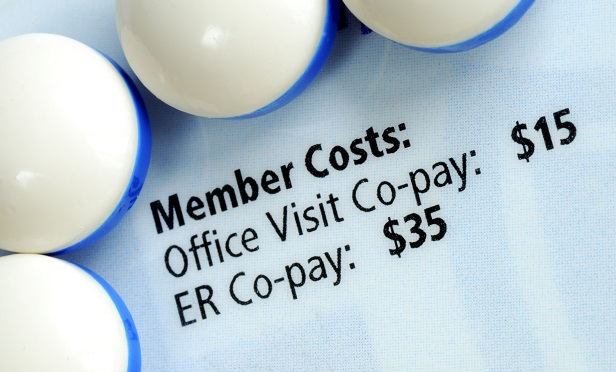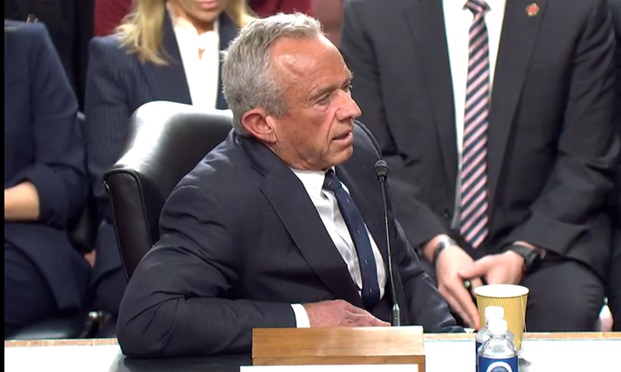 On average, individuals covered by the 10Plan would spend less on health care and have lower out-of-pocket costs compared with the status quo. (Photo: Shutterstock)
On average, individuals covered by the 10Plan would spend less on health care and have lower out-of-pocket costs compared with the status quo. (Photo: Shutterstock)
Entrepreneur Mark Cuban, owner of the Dallas Mavericks basketball team, has introduced a creative plan to expand health coverage.
The proposal is called the 10Plan, because most participants would not spend more than 10% of their family's income on repayment premiums in a given year. It would finance health care for the 28 million individuals who are uninsured and the nearly 20 million who purchase private coverage in the nongroup market.
Recommended For You
Participants would pay only for services that they use. They would seek care directly from participating providers, who would verify the patient's identity and eligibility. Patients would be billed for care at Medicare fee-for-service rates and pay a $25 copay for each visit. They could defer the balance and borrow from the federal government at a low-interest rate, repaying it over time. They also could choose to pay the amount out of pocket.
If 10Plan participants opt to defer payments, the federal government would pay providers and initiate an automatic repayment system, drawing payments directly from paychecks. Unlike a typical loan, the balance would be bundled with other qualifying 10Plan health-care expenses over the course of a year, and the repayment premiums would be capped based on family income. The federal government would charge simple interest at a low rate. The repayment premiums would be applied to each expense until it is paid off. After 15 years, remaining balances would be forgiven, and the forgiveness would not be considered taxable income.
The RAND Corporation assessed the 10Plan to determine how much it would cost individuals, families and the federal government.
"Overall, RAND estimated a savings in total health-care spending among 10Plan participants of almost $33 billion over a 15-year period because of the lower prices that 10Plan participants would pay," according to the study. "The RAND team predicted that the plan would cover 46 million individuals, including approximately 28 million who are currently uninsured."
On average, individuals covered by the 10Plan would spend less on health care and have lower out-of-pocket costs compared with the status quo. However, these amounts would vary by family income, current health insurance status, and health status.
"Many details of the 10Plan have not yet been specified and so were not included in RAND's assessment," the study concluded. "And there are many uncertainties — for example, if providing coverage for those currently uninsured causes them to increase their health-care use. It is unclear the extent to which the supply of providers might also change in response.
"However, the 10Plan, as currently described, would help to address widespread anxiety about the burden of bills for necessary medical care. The 10Plan requires a contribution from patients toward their health care, but, unlike current cost-sharing arrangements where people pay the full cost when they receive care until they hit the deductible, the 10Plan allows deferred payments that can be paid back gradually, on a schedule. Furthermore, repayments are capped in a way that scales with income. In this way, the 10Plan would protect people who are unprepared for an unexpected bill without requiring the government to shoulder the entire burden."
© 2025 ALM Global, LLC, All Rights Reserved. Request academic re-use from www.copyright.com. All other uses, submit a request to [email protected]. For more information visit Asset & Logo Licensing.








